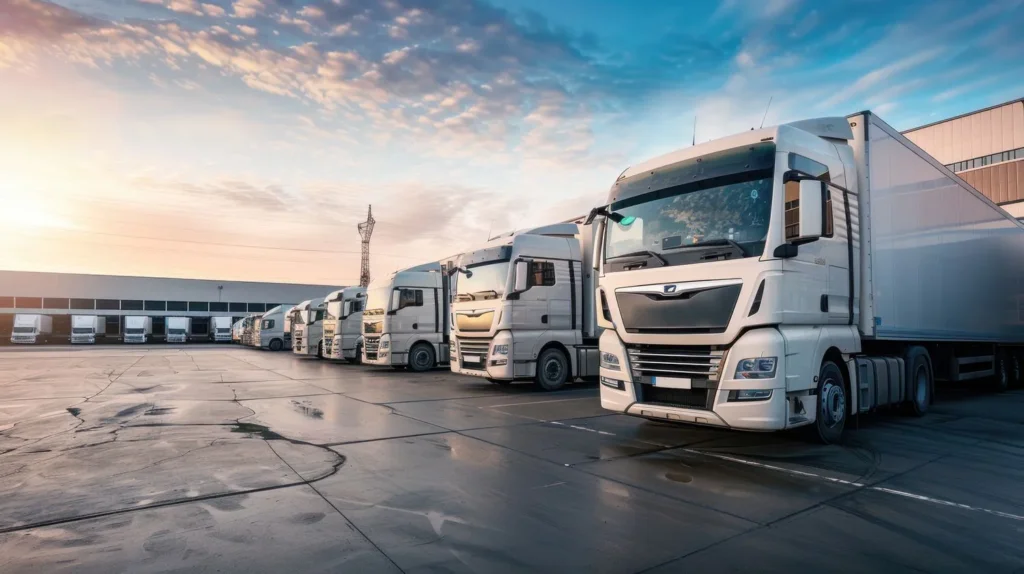The purpose of the alliance is to work towards generating awareness about the importance of common and interoperable data standards and common legislative conditions across international jurisdictions and platforms.
The ultimate aim here is to facilitate acceptance and adoption of an eBL by regulators, banks and insurers, and to unify communication between these organisations and customers, physical and contractual carriers, and all other stakeholders involved in an international trade transaction.
DCSA’s Program Director, Niels Nuyens, told Trans.INFO that the alliance was formed after the DCSA sought collaboration with a view towards improving bill of lading standards:
“Digitalising bill of lading has been a topic of discussion in the industry for a long time. DCSA started reaching out to various parties for collaboration when we began working on the B/L standards for container shipping in 2020. In early 2021 we formed a working group with these 4 parties to share knowledge and address obstacles to eBL adoption. The 5 parties jointly came to the idea of formalizing this partnership through the signing of an MoU,” says Nuyens.
In Nuyen’s own words, it’s “collaboration” that is the key towards driving forward the digitalisation of shipping and trade. He says that “parties coming together like the FIT Alliance to work together for the good of the industry is what’s needed to drive alignment on standards and adoption of common standards.”
This doesn’t end with merely bills of lading either, as the Nuyens told Trans.INFO that the alliance are seeking the digitalisation of the end-to-end documentation process, from booking to B/L to shipment and release documents.
Are there any players who would need to make concession for this to happen though? According to the DCSA Program Director, some parties will have to put in some work:
“Proprietary solutions will need to make changes to adopt standards so that eBLs can be exchanged between platforms. While this is work required on their part, we believe technical interoperability through standards will drive uptake of eBL, which means more business for solution providers.”
As for how soon the alliance’s goal can be met, Nuyen told Trans.INFO that facilitating the use of eBL is a multi-year project:
“The use of eBL was 0.3% in 2021 among ocean carriers, as calculated by DCSA with data from our members. Driving widespread adoption of standards and thereby facilitating the use of eBL is a multi-year project. It’s our aim that with the push from multiple industry association we can begin to see an increase in the coming couple of years.”
You can find out more about the FIT Alliance in the Trans.INFO article published earlier this week.









